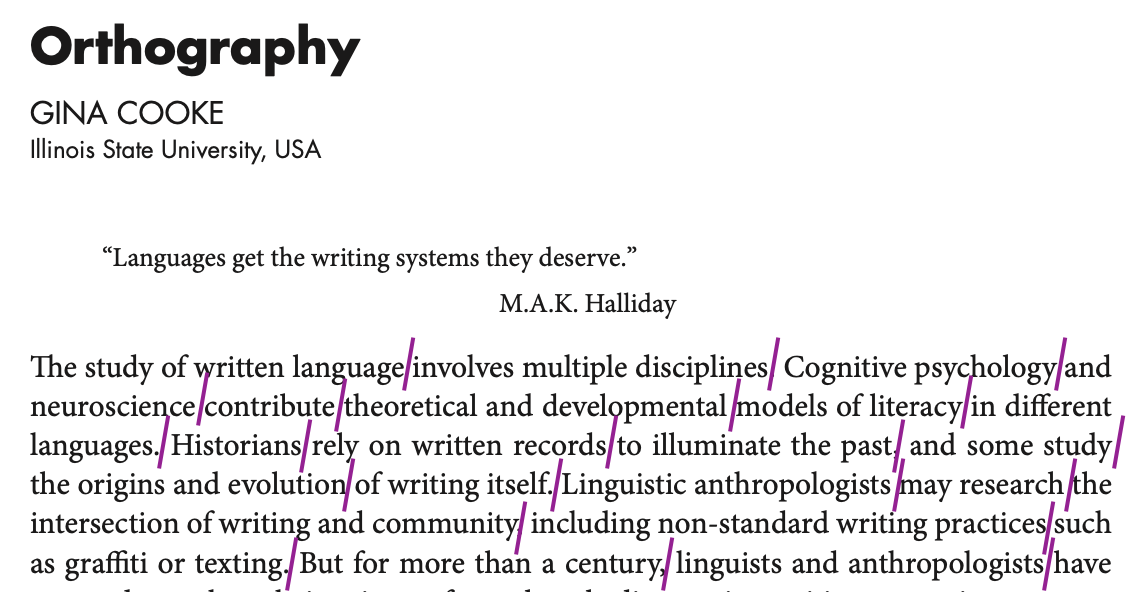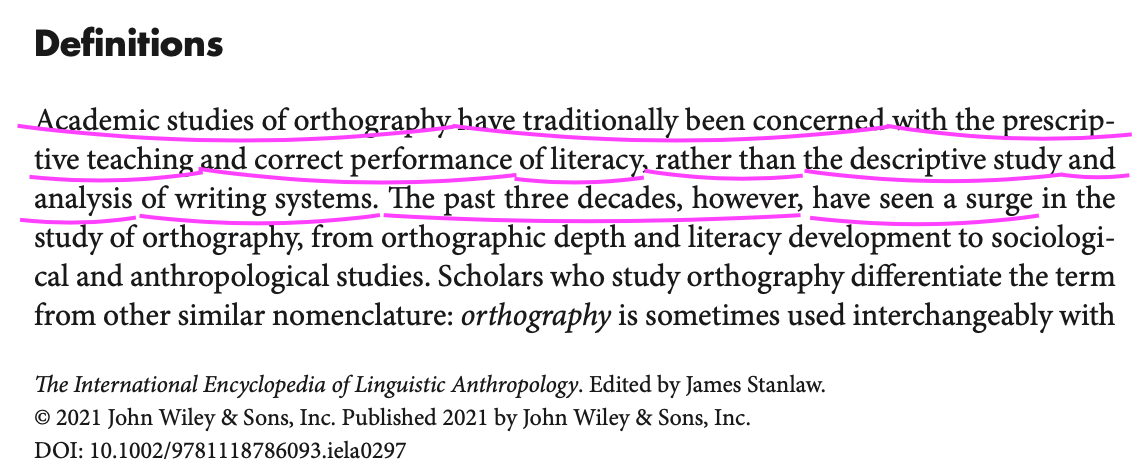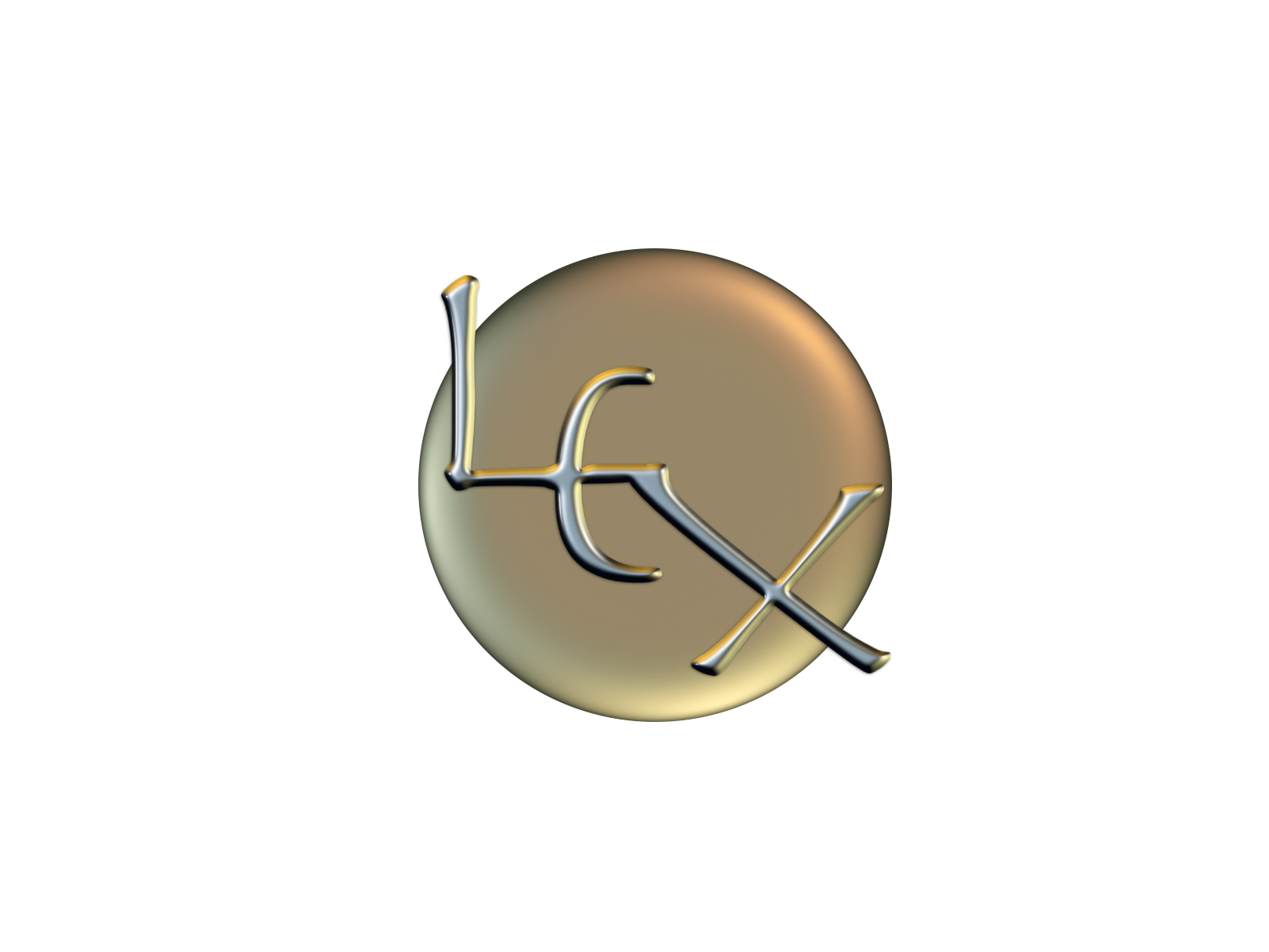The phrase is to syntax what the morpheme is to orthography: it is not necessarily the minimal unit (that would be the word and the grapheme, respectively), but it is hte defining and delimiting structure within which the minimal units are organized.
Graphemes don't go directly in words; they and their functions (spelling phonemes, marking etymological information, and more) are organized inside of morphemes. Likewise, words don't go directly in sentences; they are their functions (subject, predicate, modifier, etc.,) are organized inside of phrases. We can visualize this relationship like this:
phrases : sentences : : elements : written words
I talk about phrases a lot in my LEXinars and other classes. Phrases are an excellent intermediate structure for literacy study: they provide more syntax and thus more context than a single word in isolation, but they don't carry the cognitive load of a complete sentence with regard to capitalization, punctuation, and memory load. Because they offer more context, phrases are helpful for studying vocabulary too, and for demonstrating that kiddos often can read a lot more than they think they can. Very often, a word that a kiddo does not recognize in isolation becomes clear once it's contextualized inside of a phrase.
There's good research that's been around for a while that shows fluency and comprehension benefits associated with marking phrasal boundaries in printed text, like this:

Or like this:

While there's no single correct or accurate way to mark phrasal boundaries, there are plenty of incorrect or inaccurate ways. The point is that the groups of words must be classifiable as phrases: syntactic structures that perform a given function, and the function is the same as that of the head of the phrase. For example, in the sentence "Some linguists study the evolution of writing itself," the noun phrase some linguists is the complete subject, and its head noun, linguists, is the simple subject. Syntactically speaking, a phrase may have one word in it, more than word, or, occasionally, no words, as in the sentence "Go get the mail," in which the subject noun phrase is a zeroed (or understood) you.
As with morphemes, there is a lot to learn about phrases beyond a basic dictionary definition of them, but you don't have to know a whole lot to use them for study. You do need to know – and teach – the difference between a phrase and a clause. A phrase has already been defined, and I'll add that a phrase does not have both a subject and a predicate structure in it. A clause requires both. I teach and practice this understanding in my Grammar for Grown-Ups class – a new round of which will start sometime this fall, probably more Octoberish than Septemberish. If you'd like a say in that schedule, your deposit is welcome, and 100% refundable.
Recently, after the subject of phrases came up in a LEXinar, one of my clients asked me if I had materials featuring phrases that I've used to study spelling, vocabulary, fluency, and more. I went looking through my files – I really never get rid of anything – and I found and compiled 18 pages of words, phrases, and sentences from my clinical sessions. They mostly target orthographic patterns like vowel digraphs, and they're helpful to teachers and clinicians for lesson planning or directly for student-ready study.
They're available now in my LEX store, for a discounted price of $5.00 through the end of May, and $7.50 thereafter. It's downloadable as a PDF. I hope you find them useful!
